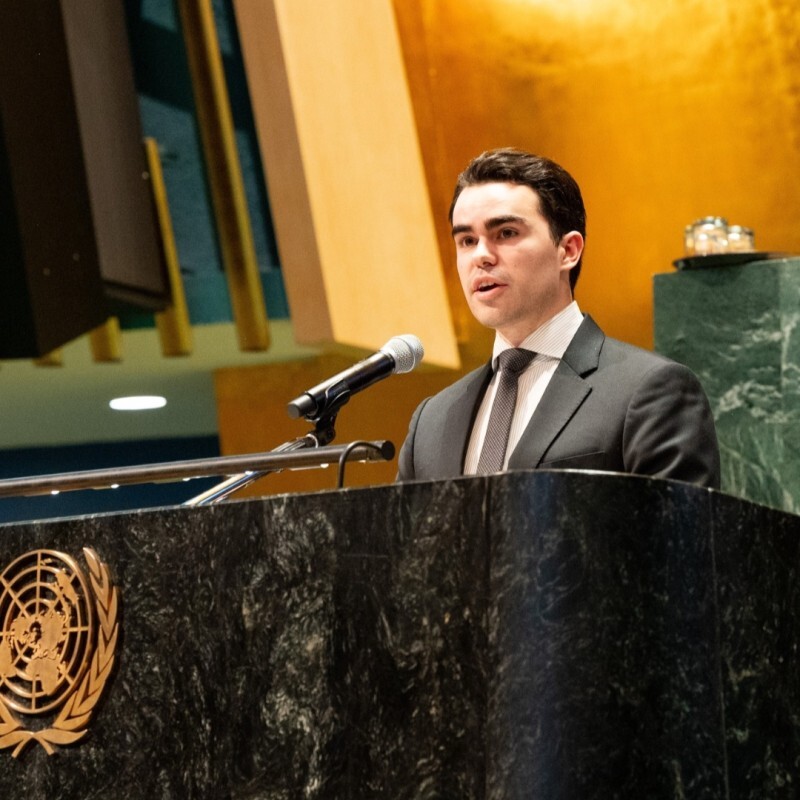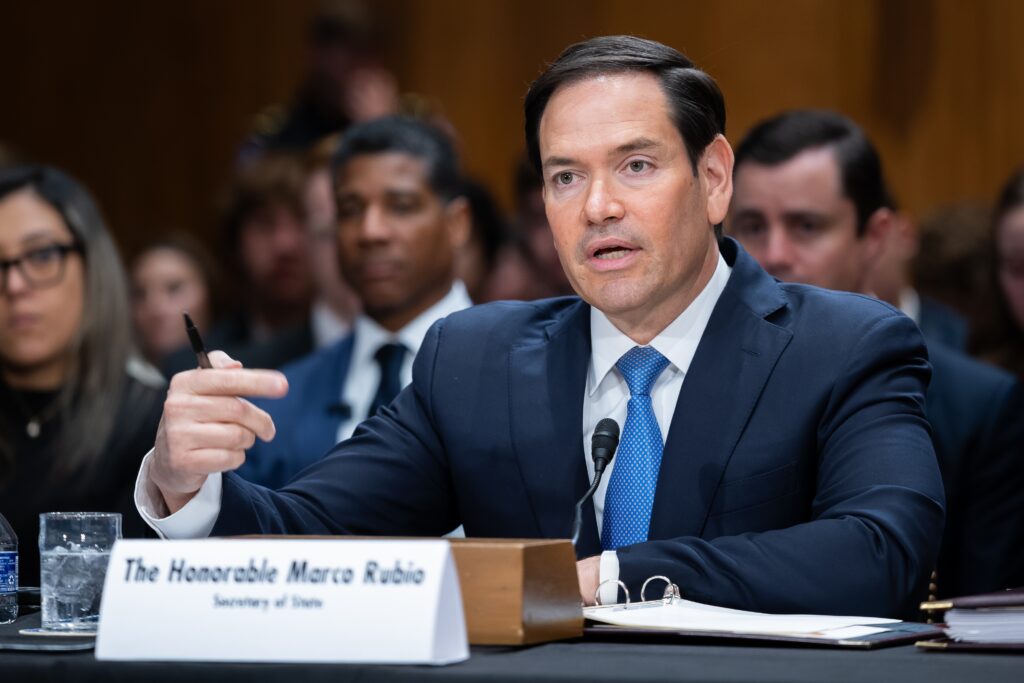As Americans prepare for Thanksgiving, it’s worth remembering that the stability of our own food system is tied to forces beyond our borders. When a drought strikes Africa or conflict disrupts trade in the Black Sea, American farmers and families feel it – through volatile prices, disrupted supply chains and uncertain markets.
The UN Food and Agriculture Organization is one of the few institutions with the reach and credibility to steady those shocks – providing the data, standards and coordination to keep global markets from spinning out of control.
For the United States, engagement with FAO is not a matter of abstract diplomacy; it protects a $176 billion export economy, safeguarding rural livelihoods and ensuring that Americans – and the world – retain reliable access to food in an era of uncertainty.
For years, some in Washington have regarded FAO as another UN bureaucracy. In truth, it is the world’s agricultural intelligence service. Its data anchors the USDA’s commodity forecasts and food security models. Its Food Price Index guides U.S. exporters through the volatility of global grain, dairy and meat markets to help U.S. exporters gauge opportunity and risk. Last year, one-fifth of all U.S. agricultural production was sold overseas. That trade depends on stable foreign demand. When droughts, pests or conflicts strike abroad, it’s FAO’s early warning systems that give American producers the foresight to adjust before global shocks slam our own supply chains.
“FAO is the world’s agricultural intelligence service.”
What’s more, FAO sets the standards that govern how food is transported. Through the Codex Alimentarius – its joint venture with the World Health Organization – the agency defines safety and quality norms that determine whether an Iowa soybean shipment reaches Europe or stalls in port. American farmers may never see the FAO logo on their packaging, but its work quietly protects their access to foreign markets. Even programs that feel remote – like locust eradication in East Africa or soil mapping in South Asia – calm the same global prices that shape profits in Kansas and California.
“Every dollar Washington invests in FAO returns as intelligence, stability and influence.”
Put simply, America’s stake in FAO is risk management. A resilient global food system insulates domestic farmers from market shocks and keeps grocery shelves affordable for American families. Every dollar Washington invests in FAO returns as intelligence, stability and influence. In a century when climate patterns and trade routes shift faster than political alliances, weakening this network by shortchanging the wider UN system isn’t just shortsighted – it undercuts America’s own agricultural strength.

And FAO offers something else American farmers need: youth. I just returned from the World Food Forum in Rome, where I met with FAO’s Youth Assembly and Youth Policy Board. The average American farmer is nearly 58 years old; the youth in attendance were a reminder that without a pipeline of younger producers and researchers, productivity gains will stall just as demand peaks.
These young leaders are already driving practical solutions: reducing food waste, strengthening urban-rural linkages and accelerating technology transfer from research universities to family farms. That kind of generational renewal is exactly where deeper U.S. engagement with FAO holds untapped promise, helping attract young people to agribusiness and plugging them into global networks that boost American competitiveness.
The World Food Forum showed that when nations cooperate, markets steady, innovation accelerates and farmers everywhere gain.
The future of food belongs to countries that see cooperation as strength. It’s a timely reminder that the abundance on our tables depends on both the resilience of American farmers and the global systems that support them.
“The future of food belongs to countries that see cooperation as strength.”





